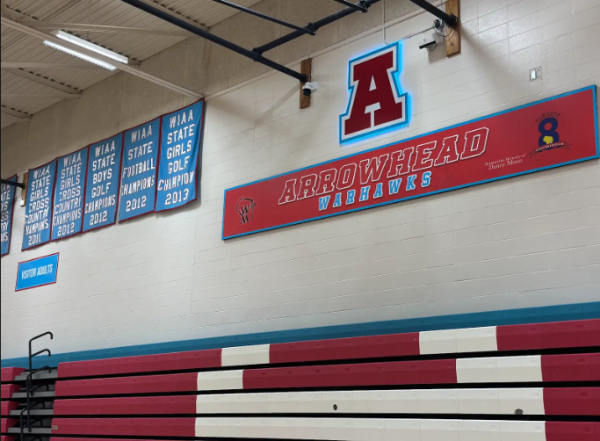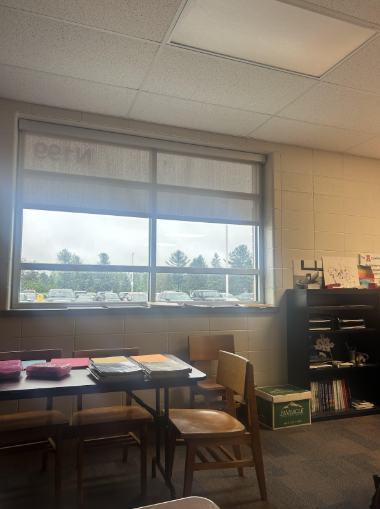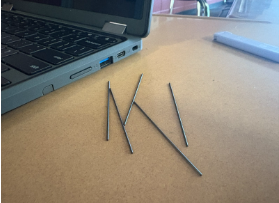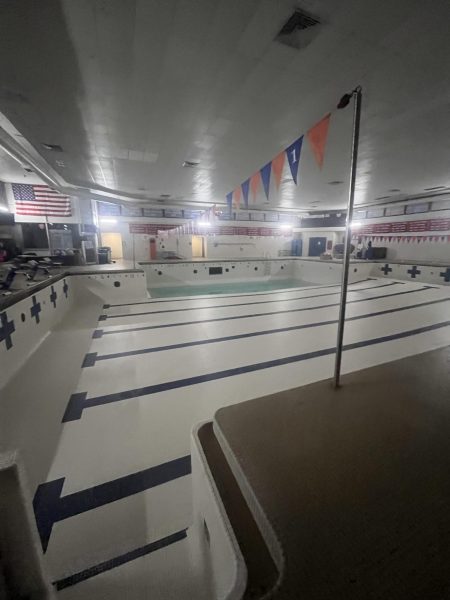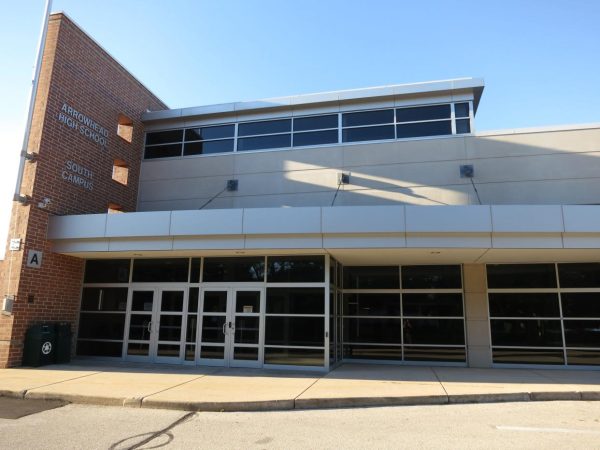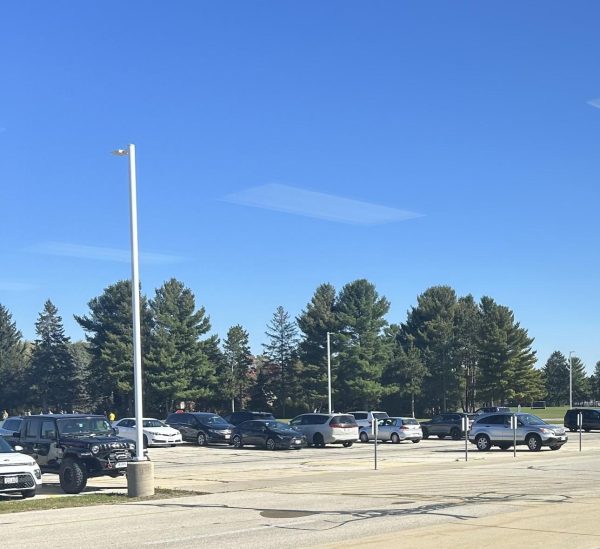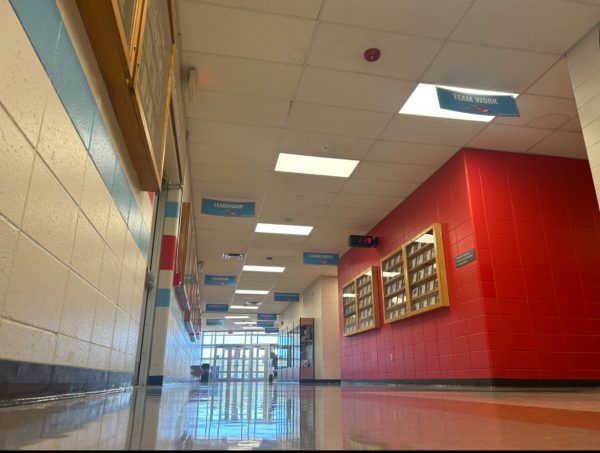Students Placed in Satellite Study Hall Receive Extra Support
Arrowhead students are required to have 14-16 total credits each year. The minimum load of 14 credits results in an average of two study halls per day. The maximum load of 16 credits results in an average of one study hall each day.
At North Campus, junior study hall occurs in the room closest to the commons and the senior study hall is in the commons. Satellite study halls are in classrooms that have no classes going on that hour. While junior and senior study halls have supervisors, satellite study halls are monitored by classroom teachers.
Junior study halls, senior study halls and satellite study halls all have one thing in common: they are a designated time to work on progressing the student’s education.
Justin Riegel, a student from Arrowhead, says, “Junior study halls are quiet and based on getting work done. Senior study halls seem to be more about students learning how to manage their time in a more realistic way. Not every professional setting will have you silent while working. Satellite study halls are closer to a normal classroom.’’
Some students need more personalized learning and are placed in satellite study halls.
Satellite study halls have rules that differ from both junior and senior study halls. Satellite study halls provide students with the opportunity to bond with one teacher.
According to the Satellite Study Hall Supervisor Guideline, “The main goal of satellite study hall is to increase the student/teacher relationship in an effort to help the students be more successful in school academically and emotionally.’’
Current Arrowhead senior, Dylan Hopwood, says, “More teacher interaction and more bonds with the teachers. The kids might not want to work because it’s not fun. If the teachers could make learning a little more fun it would be much easier to work and get your homework done.’’
